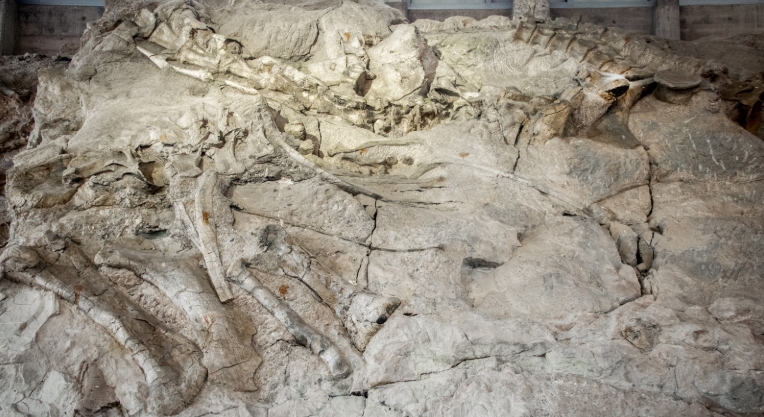Diastrophic model geology, also known as tectonism or crustal deformation, is a fascinating field that explores the various forces and processes that shape the Earth’s crust. This model focuses on the movement and deformation of the Earth’s crust, leading to the formation of mountains, valleys, and other features. Let’s delve into the unique features of diastrophic model geology.
1. Faulting and Folding:
One of the key features of diastrophic model geology is faulting and folding. Faulting occurs when rocks break along a fault line, resulting in the displacement of the Earth’s crust. Folding, on the other hand, occurs when rocks are bent or curved due to compressional forces. These processes play a crucial role in the formation of mountain ranges and valleys.
2. Plate Tectonics:
Another important aspect of diastrophic model geology is plate tectonics. This theory explains how the Earth’s lithosphere is divided into several large plates that float on the semi-fluid asthenosphere below. These plates move and interact with each other, leading to various geologic phenomena such as earthquakes, volcanic eruptions, and the formation of oceanic trenches.
3. Mountain Building:
Mountain building is a common feature in diastrophic model geology. Mountains are typically formed when two tectonic plates collide, causing intense compression and uplift of the Earth’s crust. Examples of mountain ranges formed through this process include the Himalayas, the Andes, and the Rockies. These mountains provide valuable insights into Earth’s geological history and processes.
4. Subsidence and Uplift:
Subsidence and uplift are also important features of diastrophic model geology. Subsidence occurs when the Earth’s crust sinks or moves downward, often resulting in the formation of basins or valleys. Uplift, on the other hand, occurs when the Earth’s crust is pushed upward, leading to the formation of mountain ranges or plateaus. These processes shape the Earth’s landscape and can have significant impacts on the environment.
In conclusion, diastrophic model geology is a fascinating field that explores the various forces and processes that shape the Earth’s crust. From faulting and folding to plate tectonics and mountain building, the unique features of diastrophic model geology provide valuable insights into the dynamic nature of our planet. By studying these processes, geologists can better understand the Earth’s history and predict future geological events.

